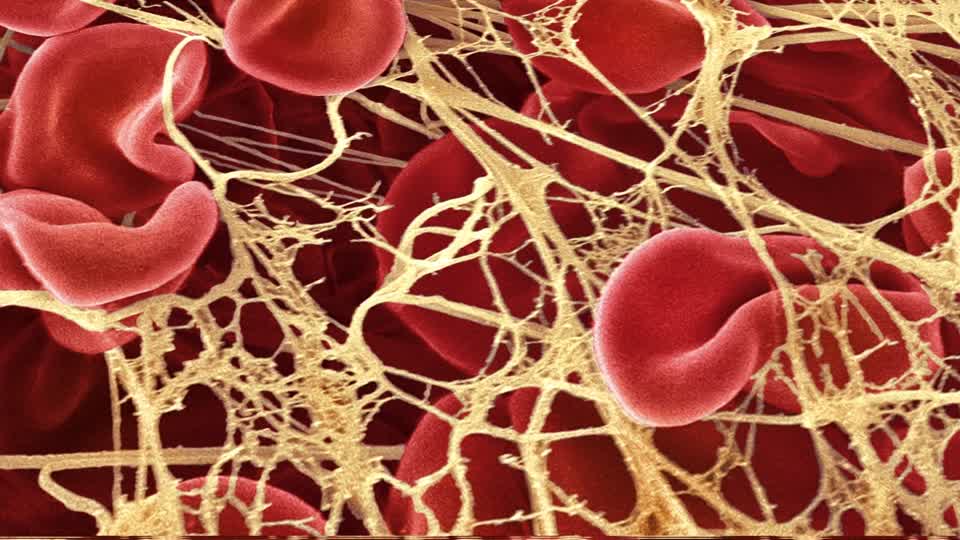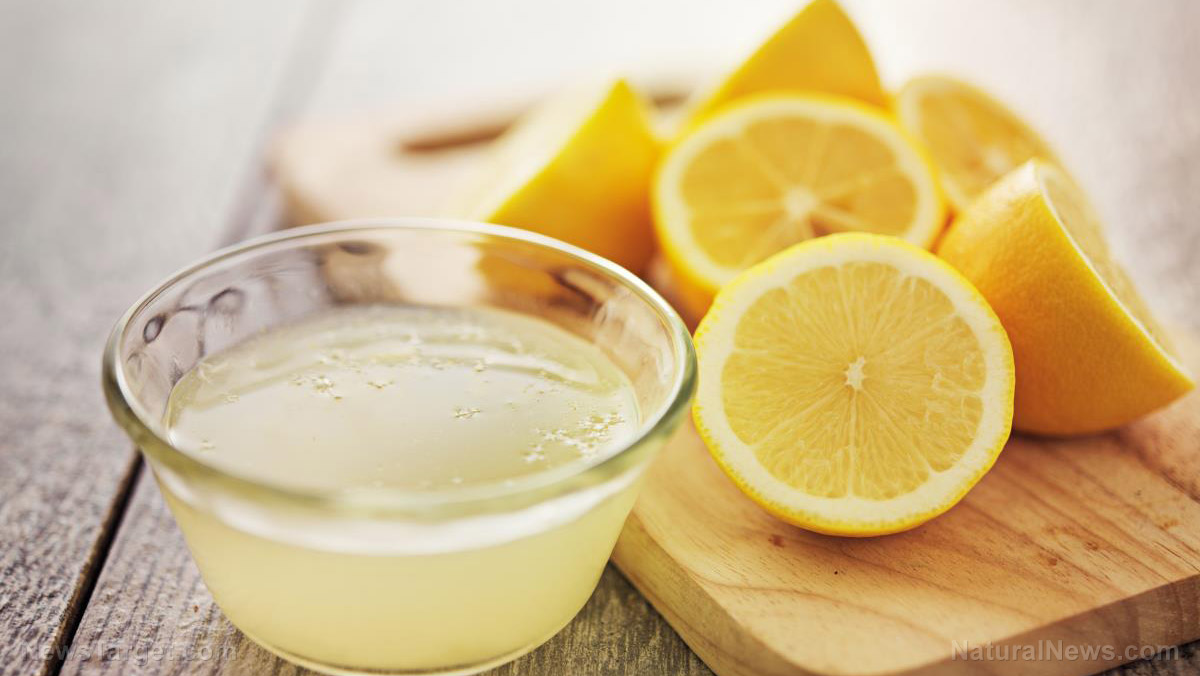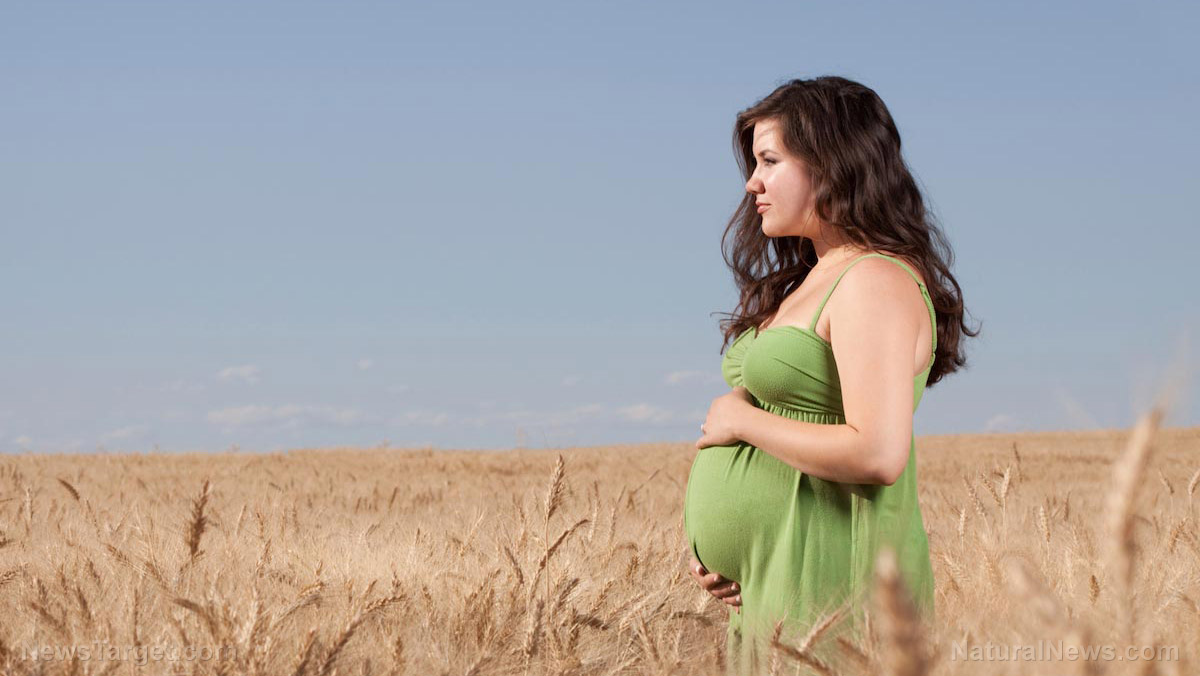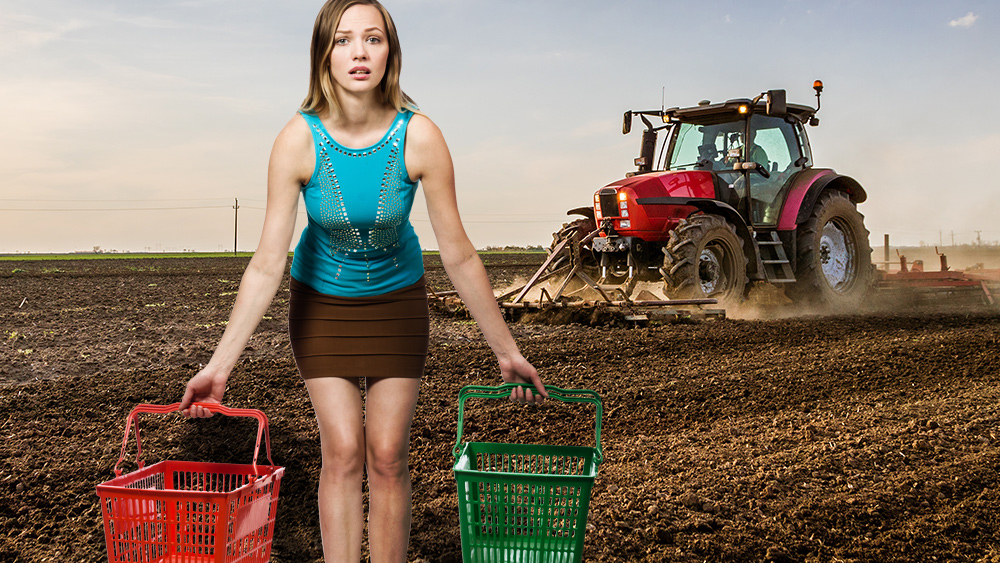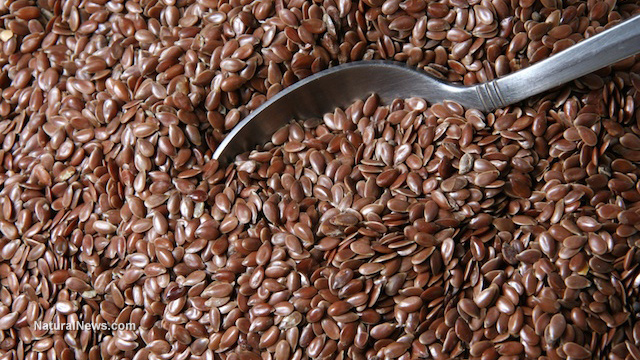Cabbage 101: What you need to know about different kinds and how to prepare them for maximum health benefits
08/09/2019 / By Melissa Smith
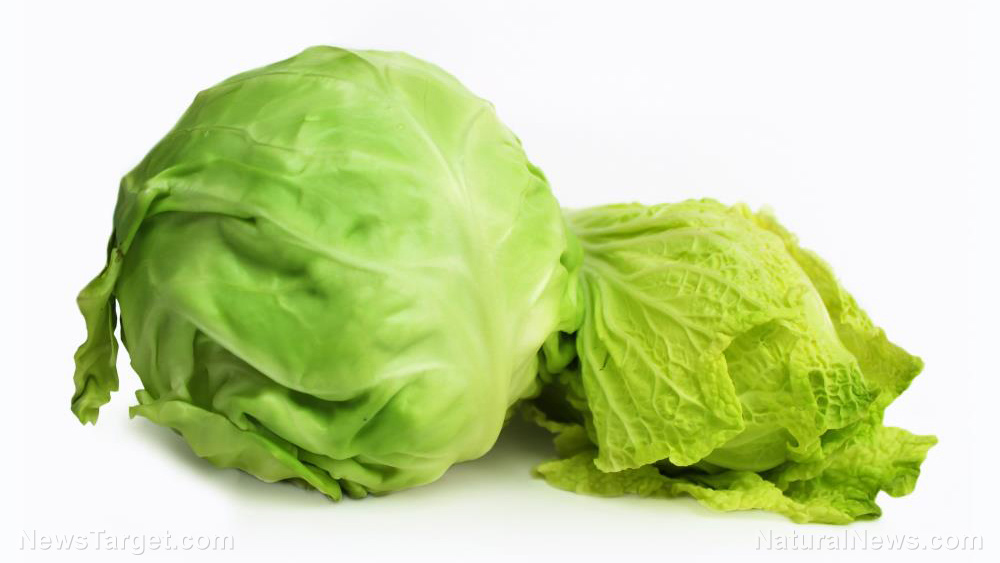
Cabbages can be prepared in a lot of ways. They can be boiled, steamed, sauteed, stir-fried, or simply eaten raw. They can also be pickled or fermented.
There are several varieties of cabbage. They vary in color from green, red, to purple, and the leaves can be smooth or crinkled. Here are some of them:
- Green cabbage – Green cabbages have a slightly sweet taste when cooked and a peppery taste when eaten raw. Their leaves are waxy and they look like a fan. Green cabbages can be cooked using any method.
- Red cabbage – Red cabbages have red or purple leaves, which can add a pop of color to dishes, such as salads, stir-fries, and pickles. Red cabbages may turn blue when boiled, so squeeze in some lemon juice or add some vinegar to retain the purple color. Red cabbages have a denser taste than the green variety.
- Napa cabbage – Napa cabbages look like Romaine lettuce and have yellowish-green leaves. They taste sweeter than green cabbages when raw and are often added to salads and other cold dishes, but they taste best when stir-fried.
- Savoy cabbage – Savoy cabbage has a dark green color but a mild flavor. It may look rough because of its crinkled leaves. Savoy contains more vitamin A and vitamin K than green cabbage. This cabbage is often used as a substitute for sandwich wraps. Savoy is not readily available everywhere and may be difficult to find in grocery stores.
- Bok choy – Bok choy, also known as Chinese cabbage, has leaves that are bunched loosely with celery-like stalks. Compared with other types of cabbage, bok choy has a higher water content. It tastes bitter but can also taste light and peppery. It tastes best when sauteed.
How to boil cabbages
Of all the many ways that you can prepare cabbages, boiling is the easiest method.
- When choosing a cabbage to boil, make sure that its leaves are crisp and not wilted or marked. It must also feel heavy for its size.
- Remove the outer leaves of the cabbage and wash it thoroughly to get rid of the dirt. You may soak the cabbage in a salt and water solution for 30 minutes before using it.
- Cut the cabbage into halves, then chop off the stem at the bottom.
- With the flat side down, slice thick or thin strips as desired. You can also cut it in wedges.
- In a large pot, boil water and add the chopped cabbage. You may also use chicken stock instead of water if you want more flavor. If you cut your cabbage into wedges, they will take 15 minutes to cook.
- Boil it for five minutes, uncovered. The cabbage will shrink as it cooks because it’s losing water.
- After boiling, pour it into a colander to remove the water.
- Season your cabbage with salt and pepper.
Why you should eat cabbages
Cabbage is a healthy, low-calorie vegetable. In fact, it is one of the healthiest vegetables you can find. Boiling it won’t make it lose its nutrients, as long as it’s not overcooked. Boiling also won’t add extra calories unlike frying.
Cabbage is great for weight loss as it is low in fat and high fiber. One serving of 100 g of boiled cabbage with salt contains only 23 calories and provides eight percent of the daily recommended intake of fiber. It also provides 62 percent of the daily recommended intake of vitamin C, five percent of calcium, and two percent of vitamin A. Moreover, it provides good amounts of folate, manganese, potassium, B vitamins, and vitamin K. Cabbage also prevents cancer and fights inflammation, lowering your risk of developing certain diseases.
Sources include:
Tagged Under: #nutrition, boiling, Bok choy, cabbage, cooking, diet, disease prevention, food cures, food is medicine, Fresh, functional food, green cabbage, how-to, napa cabbage, organics, prevention, recipes, Red Cabbage, savoy cabbage, vegetables, veggie
RECENT NEWS & ARTICLES
COPYRIGHT © 2017 GROCERY NEWS

